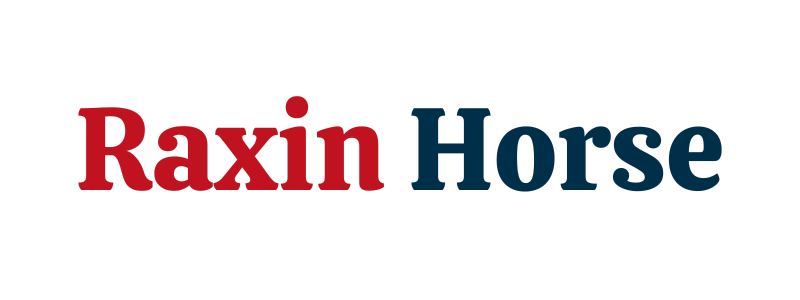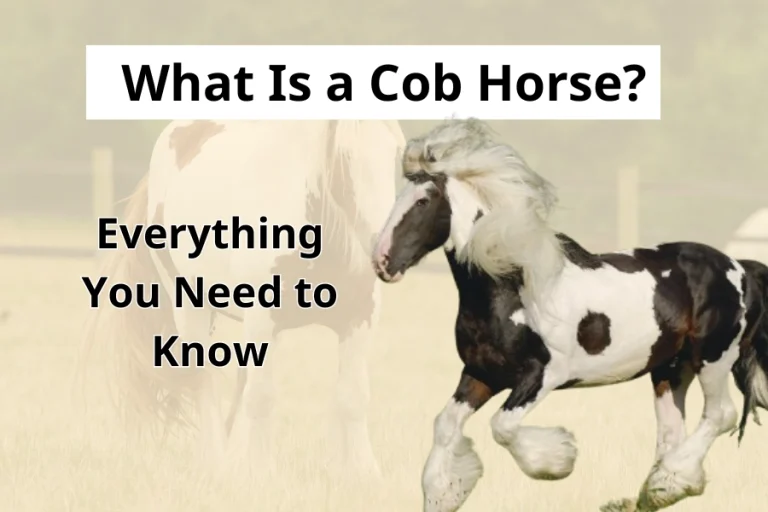Baby Horse Hooves: Essential Care Tips For Healthy Growth

For horse owners, every detail matters when people comes to the health of their foals. Another important, but sometimes underestimated, element in the young horse’s health and growth is baby horse hooves. If baby horse hooves are good care, they also promote growth as well as prevent future complications that may hinder the comfort of the animal.
If you are curious about baby horse hooves. Let’s explore this article and discover important information about baby horse hooves and how to properly care for them. From simple grooming activities such as trimming to feeding, here are all the things you need to know. Spend a few minutes reading on to provide your foal with the best foundation for strong and sound legs and feet.
Does a Baby Horse Have Hooves at Birth?
Yes, when baby horses are born, they have already hooves which are very useful right during the first period of the horse. In the wild foals should be able to stand and run shortly after birth to avoid being taken by predators that are attracted by the birthing process. Hence, baby horse hooves are well formed at birth though they may appear somewhat strange at first glance.
Baby horse hooves or Eponychium (ep-uh-nik-ee-uhm) is a soft smooth layer of tissue that covers the newborn foal’s hooves. The tissue also referred to as the deciduous hoof capsule is protective. Consisting of horn tubules, keratin, and lamellae just like the adult horse hooves, they shield the mare’s uterus and birth canal during delivery. The eponychium helps avoid mishaps that may be occasioned by the foal’s feet as they kick within the womb during pregnancy and at birth.
Eponychium’s name comes from Greek, meaning “on top of” and “little claw,” stressing the fact that baby horse hooves are a temporary but vital tool in the first days of a foal’s life.

What is Baby Horse Hooves?
Baby horse hooves or Eponychium, also known as the ‘fairy fingers’ is a translucent, gelatinous layer that forms a sheath around the hooves of a foal in the uterus and during the first few days of a horse’s life. The perioplic membrane safeguards the mare during delivery and demonstrates that the foal has not walked yet since the membrane starts to shed as soon as the foal starts to move.
Initially, the eponychium covers the whole hooves of the foal with a jelly-like substance. But as soon as baby horse hooves become exposed to air, they harden, withdraw and in due course, a skin-like fold appears at the base of the foal’s hardened hooves. The process is somewhat similar to the eponychium in human beings, which is the skin at the base of our nail beds. The change of soft structure to a firm one allows the foal to adapt from the prenatal environment to the extrauterine environment.
How Long Does It Take for Baby Horse Hooves to Harden?
Baby horse hooves will begin to harden almost immediately after birth. As soon as the deciduous hoof capsule, or eponychium, is in contact with the air, it begins to dry and become more leathery. When the foal starts standing and walking, the deciduous temporary layer rubs off on its own, usually within 48 to 72 hours.
The shape of a foal’s hoof will change with time and this is one of the reasons why baby horse hooves is important to observe the change in the shape of a hoof of a foal. First, the baby horse hooves appear as if they are tapered, or wider at the top than at the bottom where they make contact with the ground. With the increase in the size and weight of the foal, there is growth in the length of the hooves as well as the width of the hooves.
The sole of the hoof wall is then flared outwards and thus the weight is transferred to the wider part of the hoof. The hooves change is useful for the foal’s movement and its hooves’ development as the foal grows up.

Baby Horse Hooves Care
Baby Horse Hooves care especially on their hooves is important in their growth and development. Here’s a simple guide to keep those tiny feet in good shape:
Regular Inspection: You need to daily check the hooves of your foal for any sign of injury or anything that seems out of the ordinary. You should always observe for signs of cracks, heat, or any signs that may suggest there is something wrong.
Cleaning: Daily, you use a hoof pick to clean the hooves out and remove any dirt and mud. The cleaning routine also helps to avoid situations like getting thrush and the baby horse hooves will also be in good shape.
Trimming: Early foot care should be a part of the management plan for foals; a farrier should be called in when the foal is between 3 and 4 weeks old. After their initial visit, foals should receive monthly visits from the farrier. The goal is to promote thick, durable hoof wall growth. Foals’ hooves grow very fast, and in approximately 0.4 millimeters per day, which is almost twice as fast as mature horses. Monthly, you need to trim is advised so that the foal can build up a strong hoof wall and learn how to respect the ground as early as possible.
Environment: You need to ensure that baby horse hooves have a clean and dry environment in which they can live. Hoof-related issues can develop in wet or dirty environments. Therefore, you use soft materials on the floor and avoid using hard materials that may harm the hooves.
Nutrition: Horses need to feed with a balanced diet that contains all the nutrients that are essential for the growth of hooves such as biotin and zinc. When horse proper feeding is important in the growth of good hooves that are healthy and strong.
Exercise: Let the foal roam around as this will help in the development of the foal’s muscles. Exercise also encourages the growth of natural baby horse hooves and enhances the development of hooves as well as legs.
Monitor Growth: You need to monitor your baby horse’s hoof growth and look for signs of improper hoof wear or growth on your horse.
Seek Professional Help: If you observe anything unusual or if the foal looks distressed, consult a vet or a farrier immediately.
Baby Horse Hooves Problem
Some of the common problems that baby horse hooves may develop include hoof problems that you need to know. Here’s what to look out for:
Thrush: An infection that has a stench on the body of the frog especially if it is wet and dirty most of the time. One can prevent thrush by ensuring that the hooves are clean and dry all the time.
Cracks: Hoof cracks are common if the hooves are dry or if the growth of the hooves is uneven. These are avoided by regular trims and the provision of a proper diet.
Contracted Heels: This is a condition whereby the back of the hoof is pinched and is mostly caused by inadequate exercise or trimming.
Sole Bruises: Sore areas on the sole and the heel of the baby horse hooves which are usually as a result of walking on hard or stony ground. Soft bedding and careful trimming should be done to avoid bruising of the baby.
Hoof Abscesses: These are infections within the hoof especially from injuries that may have been inflicted by cuts or punctures and result in sudden lameness. If an abscess is thought to be present then advice should be sought from a vet or farrier.
Clubfoot: A condition where the hoof is too upright, may be hereditary, or as a result of poor care. It is very important to detect it early and trim it correctly.
Laminitis: Although not very common in baby horse hooves, this severe condition of the hoof is a cause for emergency vet care. Look out for signs of pain or discomfort when it is time to move.

FAQs
Baby horse hooves start to harden immediately after birth and typically lose their soft covering within 48 to 72 hours.
Foals should have their first farrier visit at 3 to 4 weeks old for initial trimming and shaping.
Foal hooves should be trimmed by a farrier every month to promote healthy growth and correct hoof shape.
Clubfoot is a condition where the hoof is too upright, which can be genetic or due to improper care. Early detection and proper trimming are key.
Laminitis is rare in foals but serious. If you notice signs of pain or reluctance to walk, seek immediate veterinary attention.
Final Words
If the baby horse hooves are well cared for, the foal hoof will prevent future problems and ensure good growth and development. For proper growth and development of the baby horse hooves, you need to proper care and feeding should be observed and any problem that may arise should be attended to immediately. In as much as the baby horse hooves may be delicate, they are very important for the horse’s movement throughout the horse’s lifetime.



